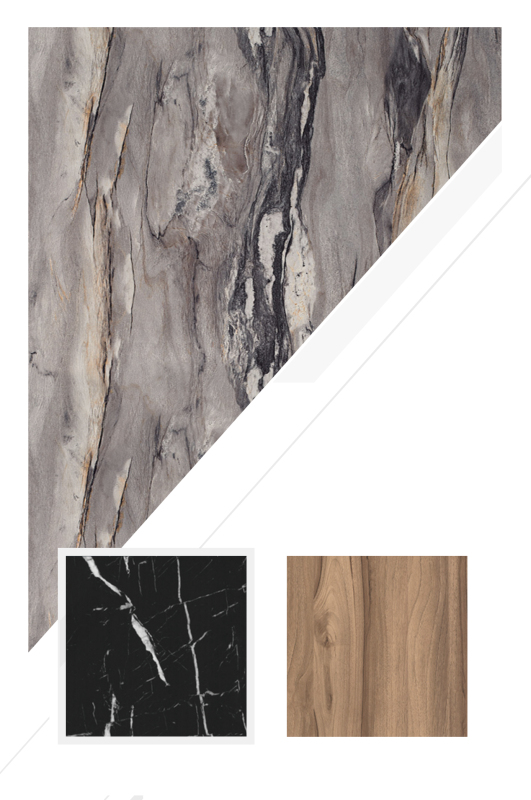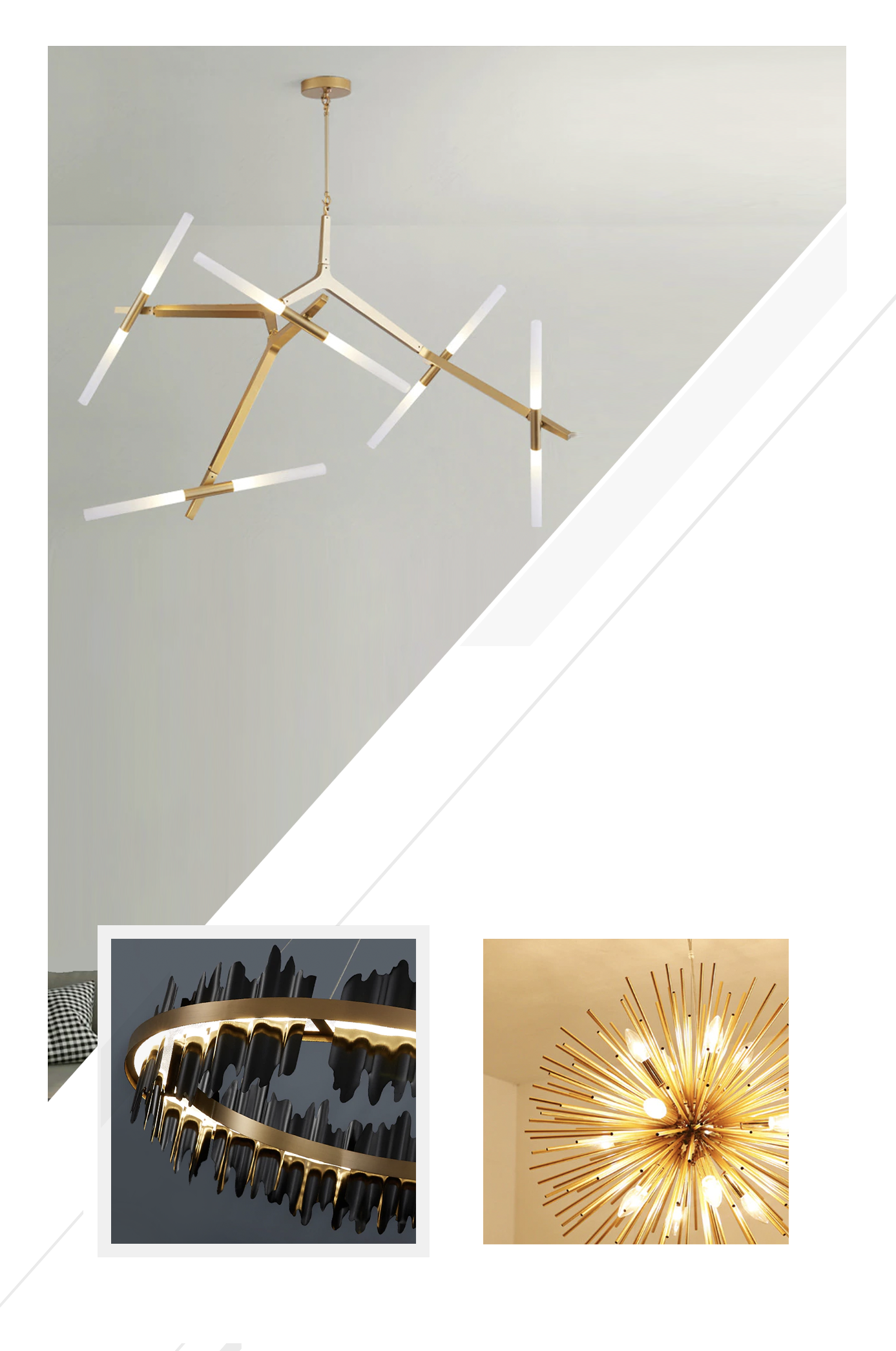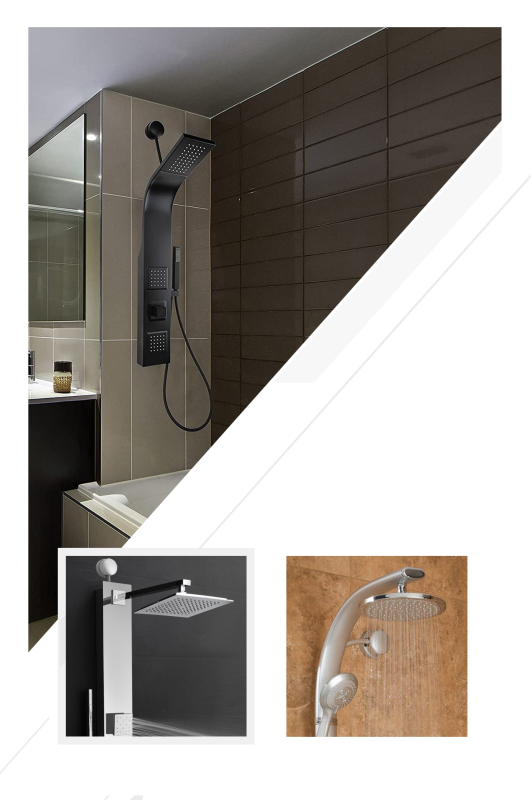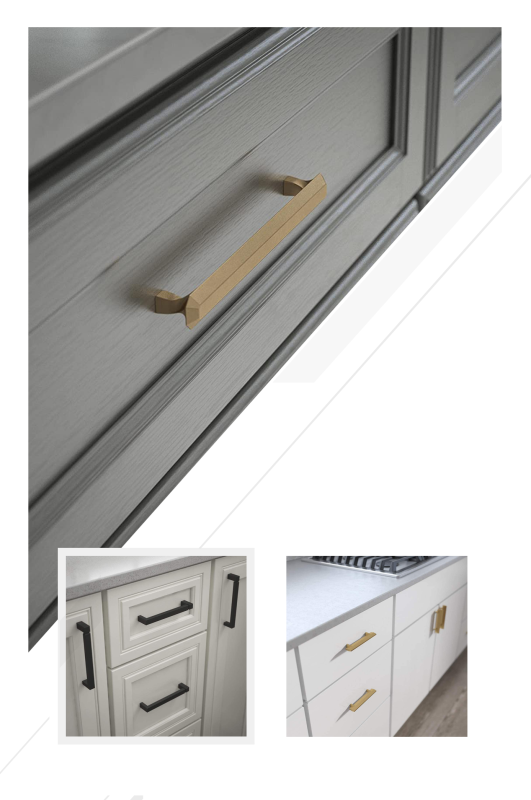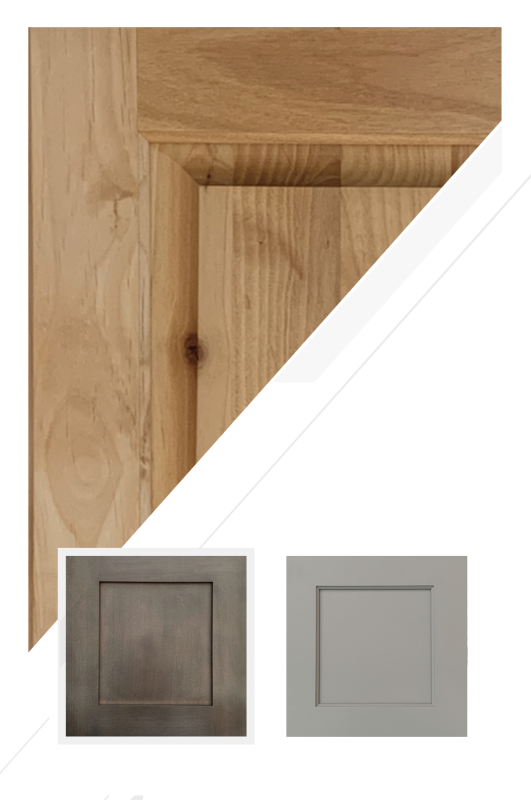Defensible Space, Beautiful Place: Firewise Yards and Outdoor Rooms
By Joy Line Homes California
A safe yard can still feel like a sanctuary. In wildfire regions, the landscape is part of the home’s defense and part of daily life at the same time. Joy Line Homes designs outdoor rooms, walks, and gardens that meet defensible space goals while staying warm, modern, and easy to maintain. The result is a property that looks inviting in ordinary seasons and stands ready during hot, windy weeks.
We start by treating the site as a set of rings. Closest to the walls, materials resist flame and embers. As distance grows, plants return in simple blocks with wide breaks that slow fire and make yard care calm. This pattern works in Los Angeles hillsides, Ventura’s coastal canyons, Santa Rosa neighborhoods, Napa vineyards, and the recovery streets of Paradise. One language, many beautiful accents.
Zone Zero that Looks Like Design, Not Rules
The first five feet around the home do the most work. Joy Line uses concrete, large pavers, compacted stone, or decomposed granite in clean bands that read as architecture. Hose bibs land at corners. Vents sit above the band with ember guards. Furniture and planters live outside the band on small stone pads so the space feels furnished without adding fuel where it matters most.
At doors, we create landings that sweep easily and dry fast after rain. Where shade is needed, we use metal trellises that stand free from the wall. This keeps comfort high while keeping rules simple for inspections.
Walks, Courts, and Service Paths
Circulation should feel natural. Front walks align with sight lines from the street. Side yards receive a gravel ribbon that doubles as a service path for filters, hoses, and meter checks. Rear courts form between the main home and an ADU, creating a wind calm living room outdoors. Each path avoids tight corners and dead ends that trap leaves. Edges are clean so a quick sweep returns order after a gusty afternoon.
Where grades change, low walls become benches. Steps use solid risers so embers cannot collect in open treads. Railings and screens use metal or masonry near the wall and then relax to wood as distance grows. The yard reads as one family of parts rather than a patchwork of rules.
Planting in Simple, Strong Blocks
Plants should bring rhythm without creating ladders for fire. Joy Line groups species in blocks with clear breaks. Groundcovers hold soil near edges. Low shrubs sit farther out. Taller forms appear in islands with wide gravel skirts. Mulch stays mineral near the home and shifts to plant based only in the outer rings where heat is lower. The composition feels modern and relaxed. Maintenance is a trim and a rake, not a weekend lost to chores.
In coastal Ventura, salt tolerant plants keep color with less water. In Napa, olives and native grasses add shade and movement without heavy fuel. In Santa Rosa, resilient shrubs pair with gravel side ribbons that keep fences off the wall. The palette adjusts to place while the structure stays the same.
Waterwise By Default
Efficient irrigation is part of resilience. We use drip lines under mulch, matched precipitation sprays where lawns are essential, and smart controllers that respond to weather. Bubblers serve trees with tidy basins that do not touch the wall. Backflow and pressure regulators live on a labeled utility panel. The effect is lower use, healthier plants, and fewer leaks to chase.
Stormwater belongs to design too. Shallow swales slow runoff. Permeable joints between pavers keep courts dry. Downspouts land on splash blocks or underground pipe that carries water away from foundations. The yard sheds water cleanly without erosion or muddy corners at the fence.
Decks and Shade that Respect the Wall
Outdoor rooms should feel close to life inside while staying smart about heat and embers. Near the wall, we use concrete or stone. Decks step away on metal framing or ignition resistant materials. Skirts are enclosed. Steps have solid risers. Underdeck storage is sealed or eliminated. Where shade helps comfort, metal pergolas stand off the wall a short distance to avoid continuous fuel paths. The geometry stays calm and modern while the details protect the house when wind rises.
Doors and sliders receive shade from deep overhangs, screens, or trees placed with clear skirts. This lowers cooling loads and protects gaskets, which saves energy and reduces upkeep for years to come.
Fences, Gates, and Edges
Fences often touch the home and can carry flame to the wall. Joy Line returns fence lines in metal or masonry for a short distance near the house, then transitions to wood farther out. Gates use metal frames with clean latches. Gravel or stone runs below to deny leaf piles at thresholds. Corner turns are open to the sky so embers do not collect under low coverings.
Property edges receive low fuel borders. In neighborhoods, this border aligns with gravel side ribbons to create a tidy maintenance lane. On rural parcels, the border becomes a patrol path that crews can walk in minutes to check for debris after wind events.
Lighting for Safety and Mood
Light should guide without glare. We favor shielded, low mounted fixtures that mark steps, landings, and hose bibs. Courts receive soft, warm light that dims late in the evening. Service paths use simple wall lights with clear switches. This approach keeps night views dark, reduces bug attraction, and makes emergency checks easy.
Controls live in a labeled panel near the back door. Timers and sensors match daily routines. Owners get a simple scene for evenings with friends and a bright scene for quick maintenance after a windy day.
Outdoor Kitchens and Fire Features
Gathering is part of recovery. If a grill or fire feature is planned, we set it on a non combustible pad away from the wall with a clear sky above. Gas shutoffs are labeled and easy to reach. Wood storage sits far from openings. Wind screens use metal or glass and stop short of eaves. The goal is joy without risk. Owners entertain with confidence because the plan respects both comfort and code.
Where local rules limit open flame, we use electric radiant heaters and luminous stone features that create the same evening glow. Beauty stays. Risk does not.
ADUs that Shape a Safer Yard
ADUs do more than add space. Placed well, they complete a courtyard that blocks wind, keeps dust off doors, and creates a social heart for the property. The court becomes the daily room, with shade, seating, and a sweep friendly surface. Inspectors appreciate that the pattern also enforces Zone Zero around both structures. Owners enjoy a yard that works in real life without feeling like a checklist.
In Los Angeles and Ventura, the ADU often lands near the drive to shorten utility runs and staging. In Santa Rosa and Napa, an ADU can face vines or open space and form a quiet outdoor dining room that stays cool in the evening. In Paradise, compact ADUs restore address and mail service early while the main home follows.
Maintenance that Fits a Saturday
Care should be quick and clear. Joy Line leaves a one page seasonal plan. Sweep the Zone Zero band. Rake gutters and gravel skirts. Trim shrubs so they do not touch walls or windows. Check hose bibs and irrigation valves. Walk the fence return and gate thresholds. Replace filters inside the home and wash exterior screens where dust collects. Tools live near tasks, which makes care a short ritual rather than a burden.
After wind events, a five minute patrol clears leaf nests at corners and checks vents. A calm yard returns fast because the layout makes cleanup easy.
City Notes: Five Places, One Landscape Method
Los Angeles: Hillsides ask for terraced courts, short retaining benches, and metal trellises that shade west glass. Gravel ribbons and stone steps keep slopes tidy and deny fuel ladders.
Ventura: Coastal air and wind shape choices. Salt tolerant plants, coated hardware, and low screens that do not trap embers. Decks step away from walls with enclosed skirts.
Santa Rosa: Neighborhood lots favor slab patios, fiber cement facades, and repeating plant blocks with wide breaks. Side ribbons align with fence returns for quick service access.
Napa: Rural parcels mix olive allees, gravel courts, and deep porches that cool glass. Drip irrigation and stormwater swales protect vines and paths.
Paradise: Compact yards with helical pile platforms use mineral mulch near walls, simple lawn pads for play, and patrol paths that crews can check in minutes.
Stories from Recent Yards
In Los Angeles, a small court between a main home and ADU turned a windy slope into a calm family room with stone underfoot and metal shade above. In Ventura, a gravel skirt and metal fence return kept embers from reaching the wall and cut cleanup after a gusty week. In Santa Rosa, simple plant blocks with wide breaks lowered yard work and pleased inspectors on the first visit. In Napa, olives and grasses cooled a south court while drip lines kept water use low. In Paradise, patrol paths and mineral mulch helped a street stay tidy and confident through fire season.
The Joy Line Perspective
Defensible space can be beautiful space. Joy Line Homes designs yards that feel welcoming, photograph clean, and meet the strict goals of life in a fire region. Bands near walls, courts that gather people, plantings that read as calm blocks, and details that sweep in minutes. These choices protect families, shorten chores, and raise confidence when the weather turns. A home is more than rooms and roofs. It is the land that holds them and the paths that connect them. We make that whole picture work, season after season, from Los Angeles to Ventura, Santa Rosa, Napa, and Paradise.
About Joy Line Homes
Joy Line Homes builds modular residences and ADUs across California with landscape plans that pair safety and style. Our outdoor rooms and defensible space details help families enjoy daily life while staying ready for tough weeks.
Visit JoyLineHomes.com to request a defensible space and outdoor room plan tailored to your address.
We are based in Santa Cruz County ,
California
Tel: (831) 888-Home
Email: info@joylinehomes.com
Business Hours: 9am - 6pm

